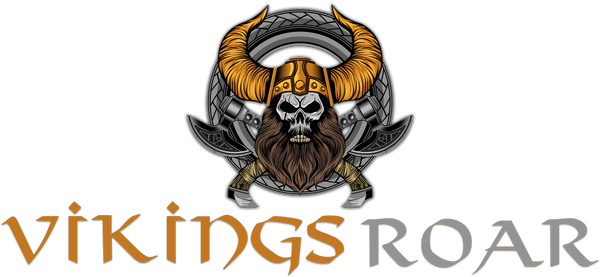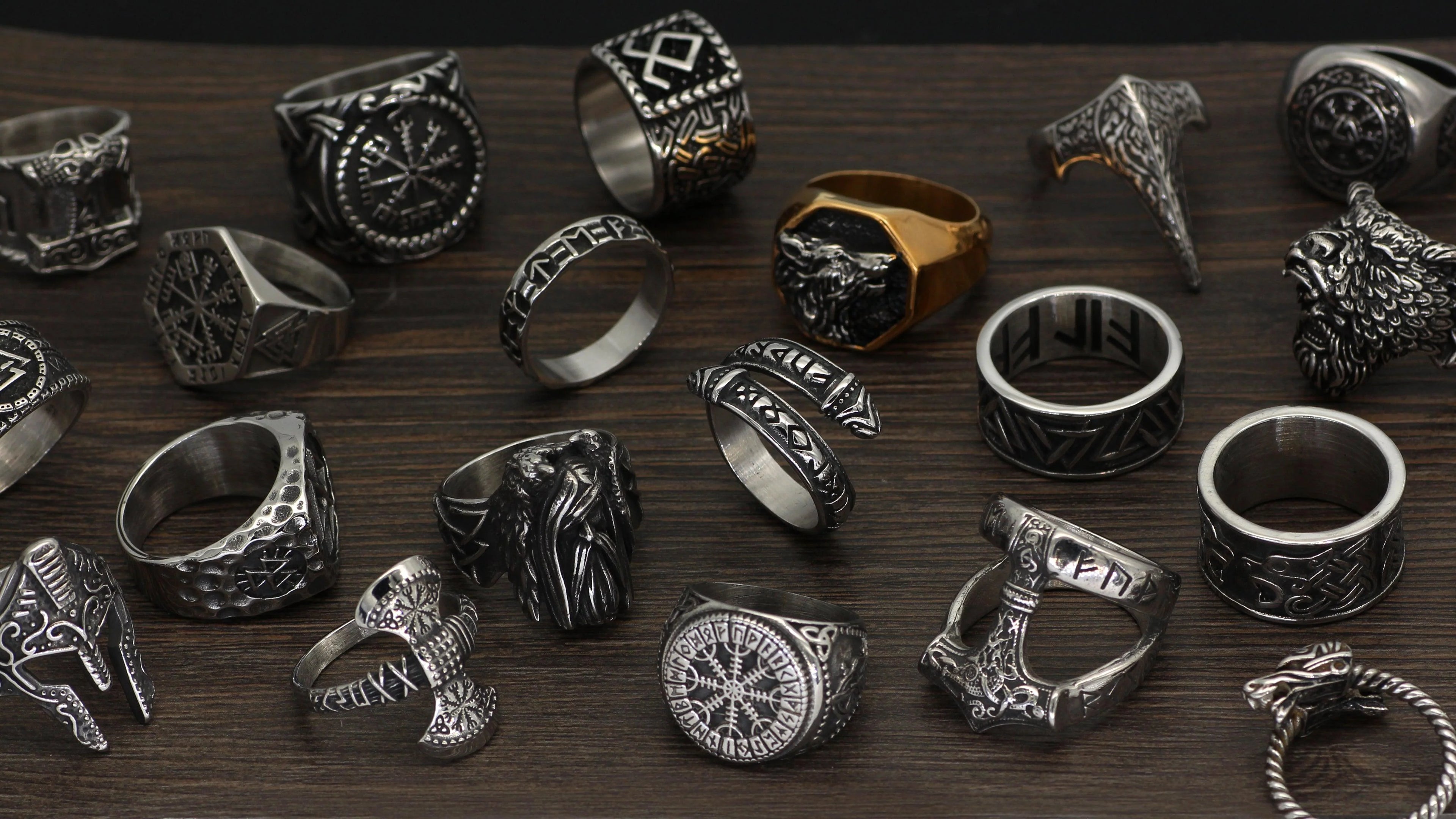
LET'S RAID
Viking jewelry, clothing, decor, accessories and more
Limited offer: Buy 2 get 1 at 30% off.
Discover the Hidden Elegance of Ancient Viking Jewelry
During the early Viking Age, around 800 AD, these pieces were simpler. But as time passed, Viking craftsmanship evolved, resulting in increasingly intricate and sophisticated jewelry. Norse artisans skillfully transformed raw materials into stunning works of art that captured Viking culture's essence.
Intricate designs reflected both their artistic prowess and connection to the natural world. Symbols such as knots, mythical creatures, and sacred motifs adorned these precious pieces, embodying the Viking spirit and deep-rooted beliefs.
Today, you can explore ancient Viking jewelry's beauty by browsing our collection. We offer a wide range of meticulously crafted pieces that pay homage to Viking heritage. From bracelets to rings, our collection showcases the timeless elegance of Viking craftsmanship.
Unveil the allure of ancient Viking jewelry and let these pieces become part of your story. Browse our collection today to find the perfect piece that resonates with your unique style.
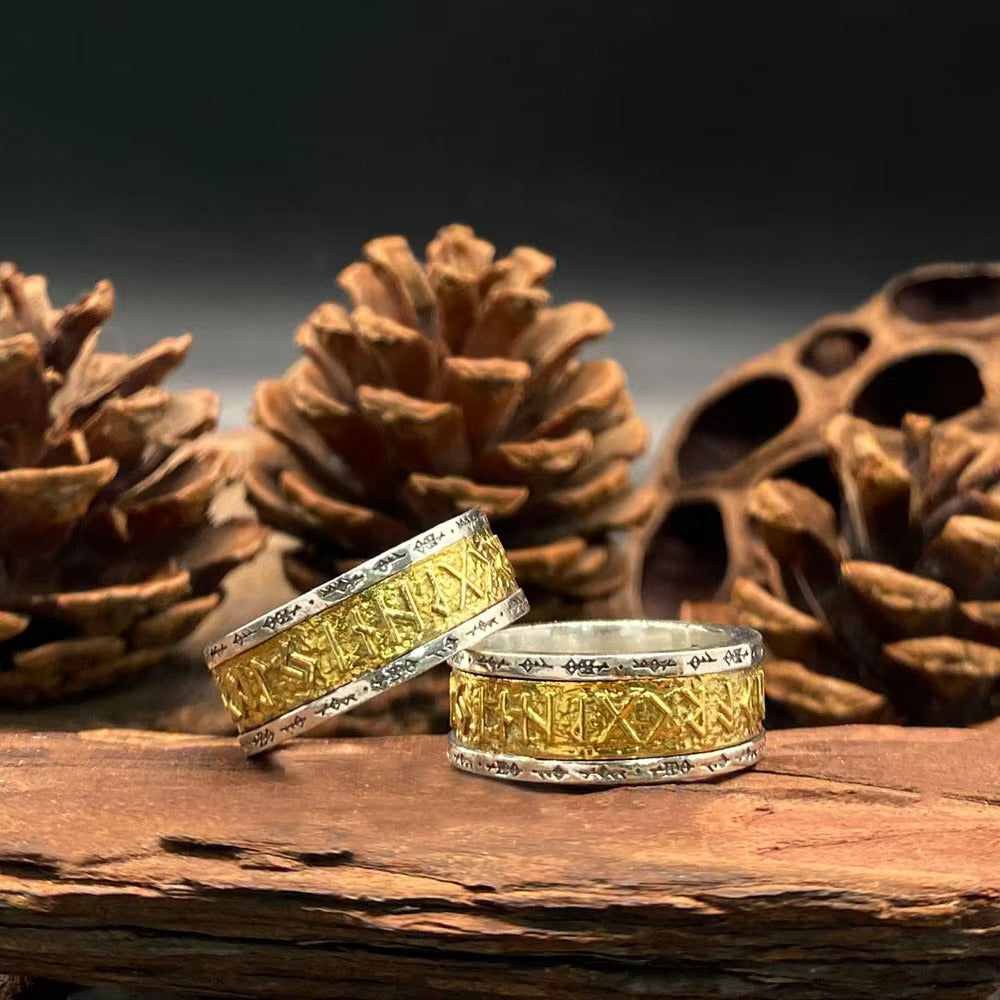
Viking Sterling 925 Rings
Pair text with an image to focus on your chosen product, collection, or blog post. Add details on availability, style, or even provide a review.
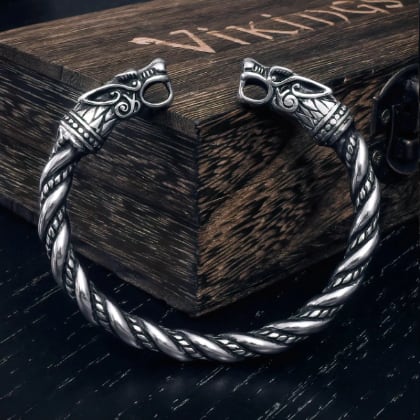
Viking Bracelet
Elevate your style with our Viking bracelets, inspired by King Ragnar and the Vikings TV Series. Embrace strength and honor with meticulously crafted designs featuring iconic symbols of Viking heritage.
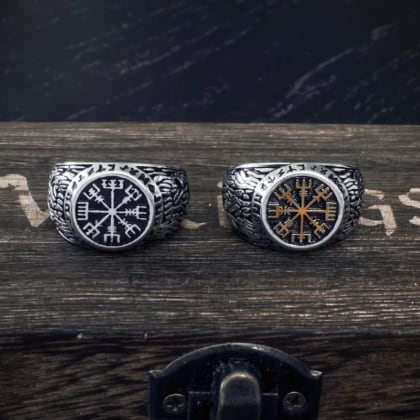
Viking Rings
Discover the allure of Viking rings, where ancient traditions meet modern designs. Our collection showcases timeless craftsmanship and Viking symbolism, embodying strength, adventure, and mystique.

Viking Necklaces
Discover the allure of Viking necklaces, symbolic jewelry of wealth and power. Our collection features authentic designs with powerful symbols, adding ancient significance to your personal style.
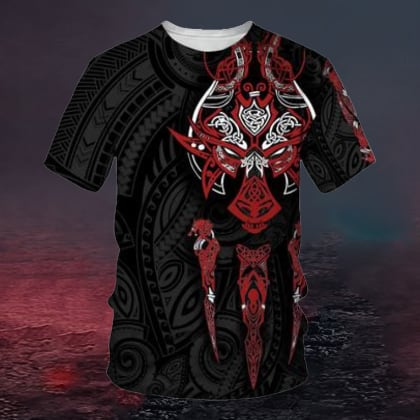
Viking Shirts
Express your Viking spirit with unique Viking t-shirts featuring striking designs inspired by legendary Vikings. Our collection offers high-quality, comfortable shirts that capture the essence of Viking culture and make a bold fashion statement.
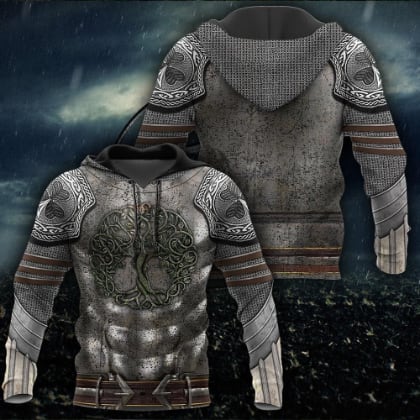
Viking Hoodies
Elevate your style with Norse-inspired Viking hoodies featuring intricate artwork from the Viking Age. Our high-quality, comfortable hoodies capture the essence of Viking history and symbolism, making a bold and meaningful statement.
Are you interested in learning more about the Vikings?
Sign-up benefits include a 10% discount on your first order today, get notifications when new blog posts are published and a chance to win free jewelry.
